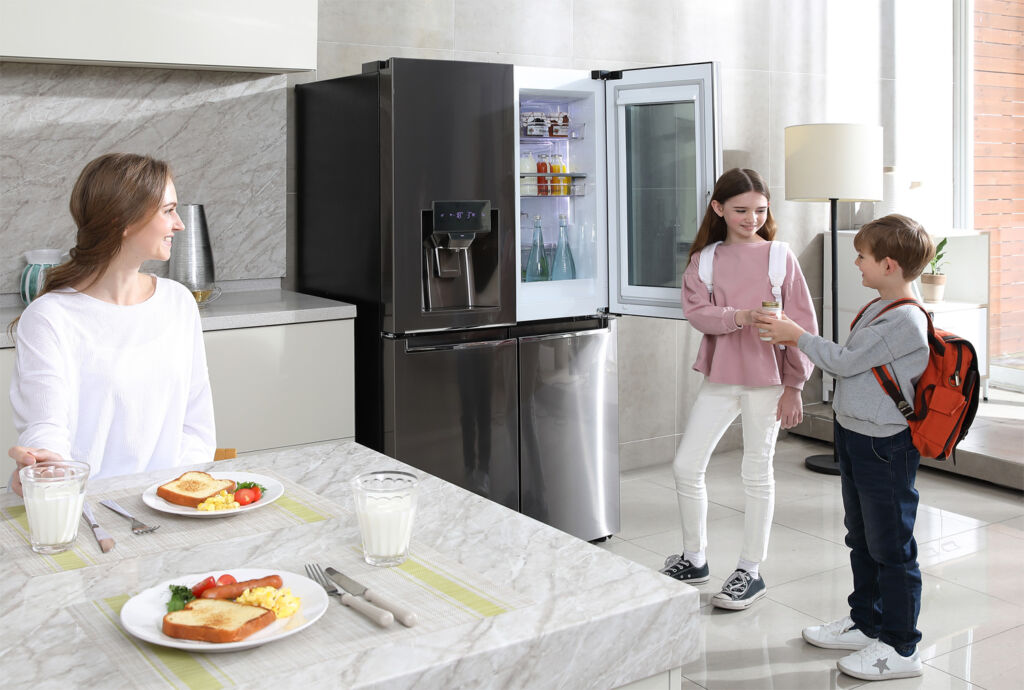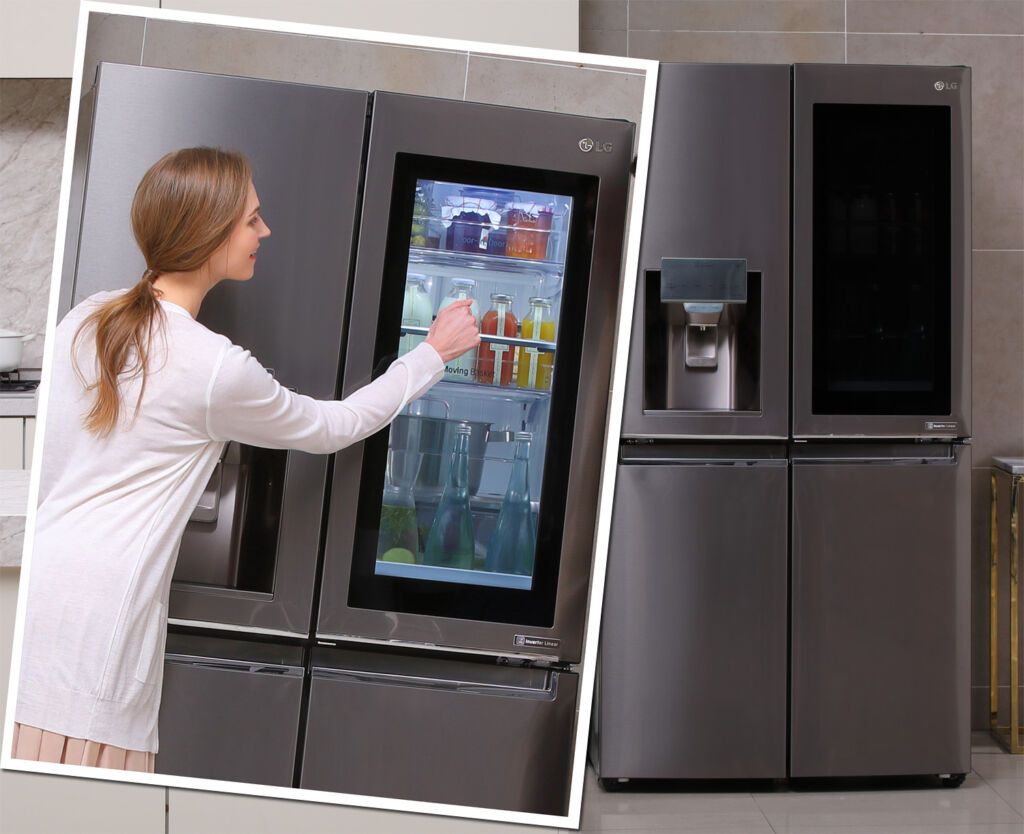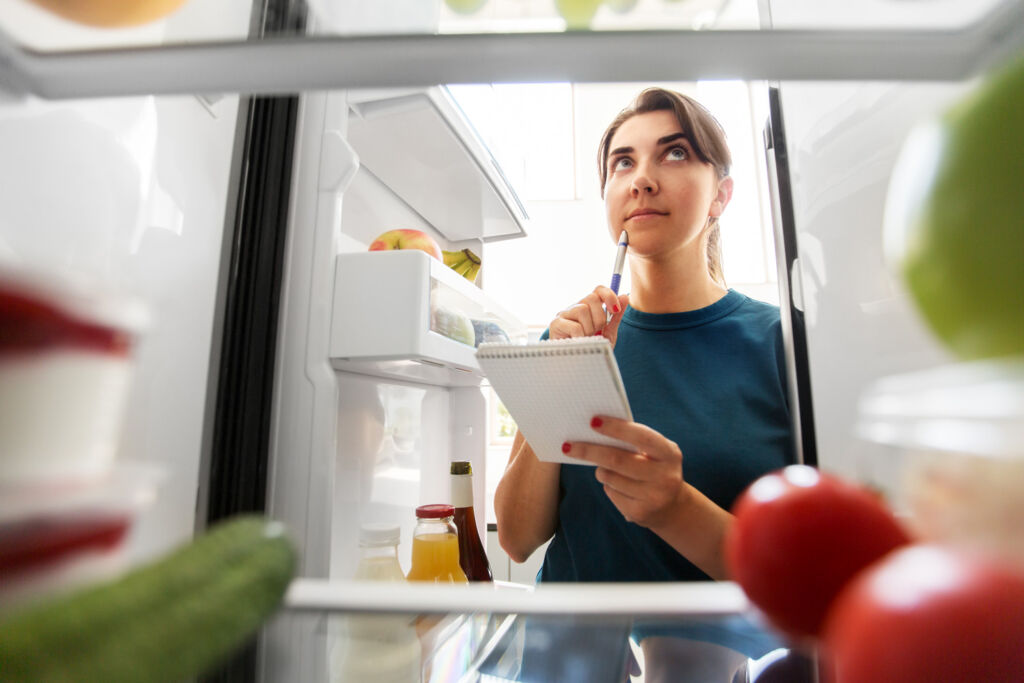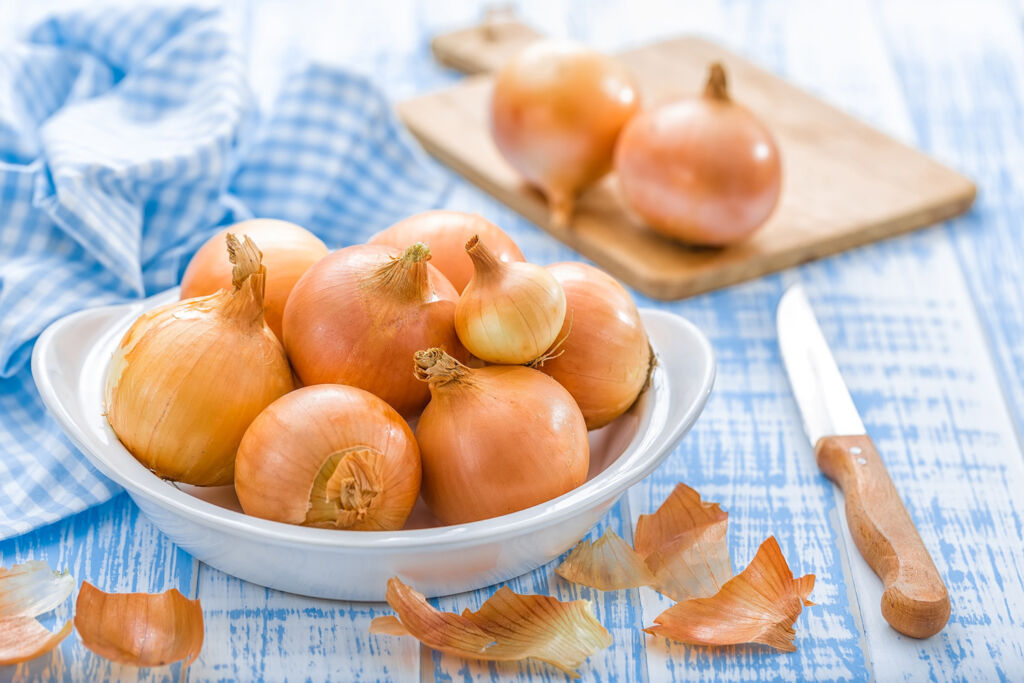
When you think of essential products we take for granted in the home, something that you rarely turn on or off, requiring little or no maintenance, it’s hard to look past the humble fridge. Having one is a necessity, and life without one would be hard to imagine.
Although the warmer weather is on the way, we’re focusing on something somewhat colder and that is the fridge. It is a frequently overlooked piece of electronic magic that we all take for granted in our homes and in this feature we’ll be highlighting some of the latest refrigeration technology along with some of the things you should and should not put inside one.
If there any positives from the past twelve months events, more people are now trying their hands at home cooking. There are some significant benefits to doing this: it’s healthier, satisfying, and often easier on the wallet. Another big positive with home cooking is you can experiment and tailor you are what you are making to your exact liking!
However, with all this renewed interest in home cooking comes a drawback, which relates to the extra food purchased and how best to store it. There’s an awful lot of people out there who frankly don’t know what should and shouldn’t go in the fridge, and although the list is vast, we’ve decided to compile a list highlighting a few which might cause an eyebrow here and there to be raised.
At home, we’re pretty fortunate. We have an American-style fridge-freezer that seems to do everything. It hasn’t as of yet needed any attention or servicing. It is anti-bacterial courtesy of some special technological lighting and modern coatings. It doesn’t produce ice in the freezer section, and aside from the odd, strange chattering and whine, we hardly know it’s there.
It is simply somewhere in the kitchen for us to put food that we ‘think’ belongs in there.
Modern-day refrigerators are incredibly reliable and go about keeping your ingredients as fresh as the day you purchased them without any fuss or hassle. It’s not a stretch to say that the refrigerator is among the best inventions ever.
A fridge is a safe and convenient place to store foods. However, not all fridges are created equally, and when it comes to health and safety, you should, where possible, try to buy one of the better and higher rated brands available.
Refrigeration technology is advancing at a staggering pace. The latest models are now armed with no-end of fancy features and are becoming far more energy-efficient. Singling out one particular manufacturer to help illustrate this piece is no easy task—brands such as Samsung, LG, Haier and Frigidaire all spring to mind and come highly recommended.

The refrigerator we picked to help illustrate this article is the LG InstaView Refrigerator because it does absolutely everything you need and has one extraordinary feature we adore.
What makes the LG InstaView Refrigerator so impressive is the Door-in-Door™ technology. Aside from a water dispenser or a small led panel, most refrigerators look pretty much the same, single coloured flat-faced monoliths. Appropriate words to describe them would be bland and uninspiring.

At first glance, the LG InstaView is in-line with many other high-end refrigerators when it comes to the looks department albeit with a dark panel on one of the doors. But, if you knock twice on the dark panel, it becomes see-thru, making you feel like Superman for a moment with x-ray vision! I realise that some people will be thinking, “what’s the point in that? Just open the door.”

That would be a fair point, but if you want a fridge that will do everything you need that will wow friends and guests, it’s hard to beat the LG!
Now that we’ve established the humble fridge’s importance let’s take a brief look at some of the foods that should be placed inside one and some of the food items that definitely shouldn’t.

Some of the obvious things to store in a fridge:
Fresh Meat
This should come as a surprise to no one. Meat, unless it is going to be cooked immediately, should be kept refrigerated. I’m not trying to turn anyone’s stomachs, but meat can carry bacteria that multiply if not refrigerated, leading to the meat’s spoiling. Keeping meat at a cold temperature prevents bacterial growth, ensuring it stays fresh and safe.
Eggs
Most reading this will know that eggs belong in the fridge; the most obvious giveaway is the egg trays usually found in the fridge door! Eggs certainly should be stored in the fridge, but putting them in the door is not the ideal place.
Eggs should be put towards the back of a fridge on a shelf. The reason for this is they don’t react well to temperature fluctuations.
Scientists have found that the fridge door is the warmest place and somewhere more susceptible to temperature fluctuations. Another handy tip regarding eggs comes from leading chefs who advise that before using an egg from the fridge, they should be allowed to warm to room temperature to achieve the best results!
Some other things that should be kept refrigerated which might cause some raised eyebrows:
Whole wheat flour
Put flour in a fridge! What kind of nonsense is that? Actually, it is a very wise move; after opening a pack, the best place for it is inside a fridge. The simple reason for this is that wheat flour and other flours like cashew and almond flour will spoil much faster than other types.
Nuts
This is another item that might come as a bit of a surprise. Although nuts don’t necessarily need to be refrigerated, lasting for three or four months at room temperature. If you place nuts inside a fridge, you can extend their life to 12 months or even longer!
As with nuts, you can also prolong the life of dried fruits by keeping them in the fridge. Most people wouldn’t think that dried fruits would benefit from being in the fridge as, well, erm, they’ve been dried! However, putting dried fruit in the fridge is a wise decision as it should prolong their life up to six months.
Jams
The majority of people I know store their jams in a cupboard. However, the fridge is really the best place for them as mould can form in a warmer environment, and there is a much greater chance of this happening once a jar has been opened.
Now that you know some of the things that should be refrigerated let’s look at some that shouldn’t.
Most people believe that when we put foods into a fridge, they all stay fresher and last for a longer time. For many food types, this is true. However, some foods can go bad faster by doing this, and others will simply lose their flavour.

Onions
This is one food type that shouldn’t be stored in a fridge whilst in its basic unaltered form. Onions contain starches and sugars, and the cold, humid environment inside a refrigerator will cause them to become soft and soggy, reducing their life considerably.
The best place for onions is in a shaded, cool, dry and ventilated area. It’s also advisable to keep onions away from potatoes as potatoes can excrete moisture which speeds up onions decomposition.
Potatoes
Potatoes are a common household staple food item, but many do not know that they should not be refrigerated. Putting potatoes into a fridge will cause the starch in a potato to convert to sugar. When the potato is then roasted, grilled, fried or baked, the sugars will combine with an amino acid called asparagine which then produces something called acrylamide.
Laboratory tests have shown that acrylamide in food has the potential to cause cancer in humans. If you ever needed a reason to not store potatoes in a fridge, this is it!
Now that you know some of the things that should and shouldn’t go into the fridge, you should be on the right track to a healthier lifestyle. Next time you stand in front of your fridge door, spare a thought for just how important it is in making your life better.
Read more lifestyle articles and guides in our dedicated section here.
![]()




You must be logged in to post a comment.